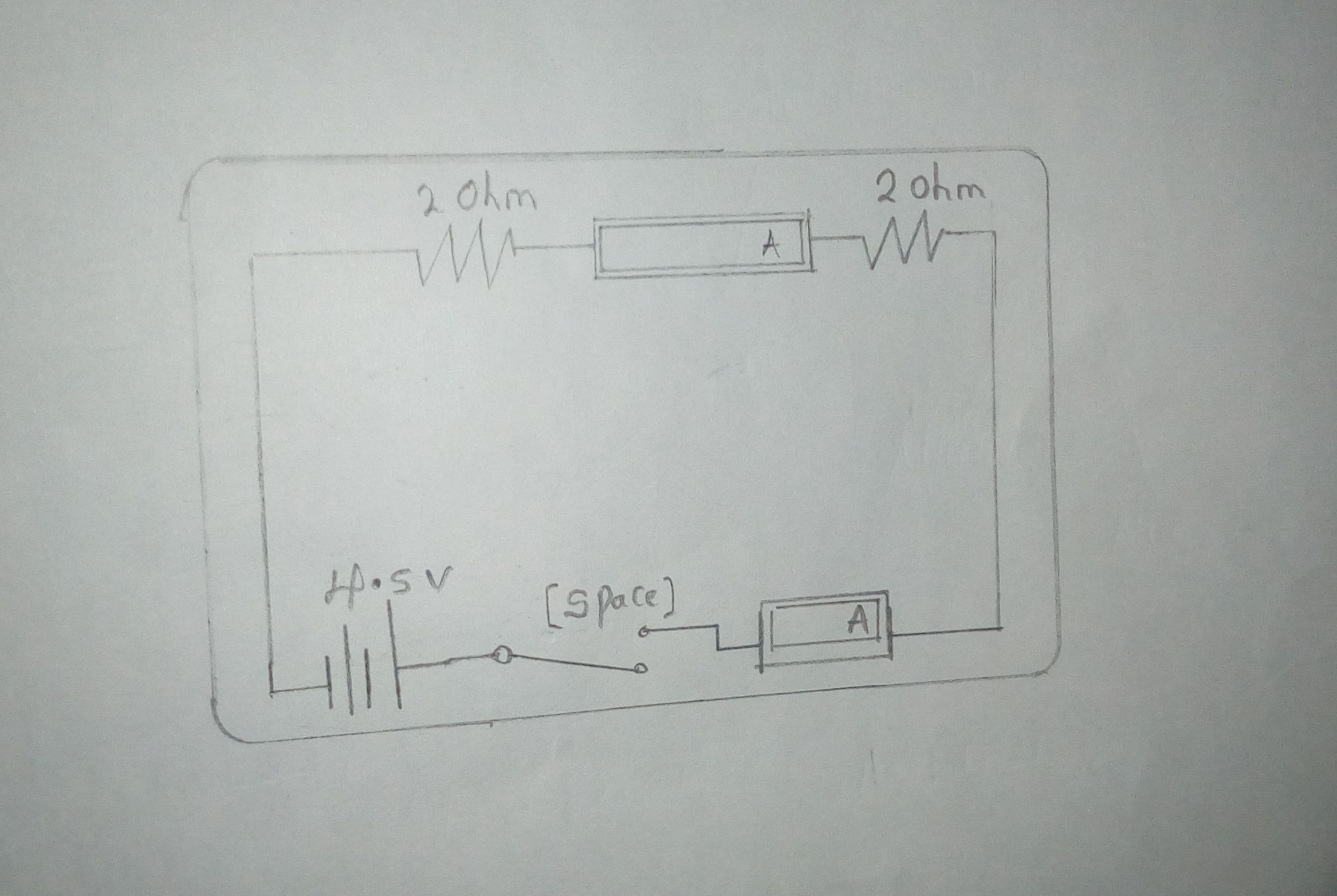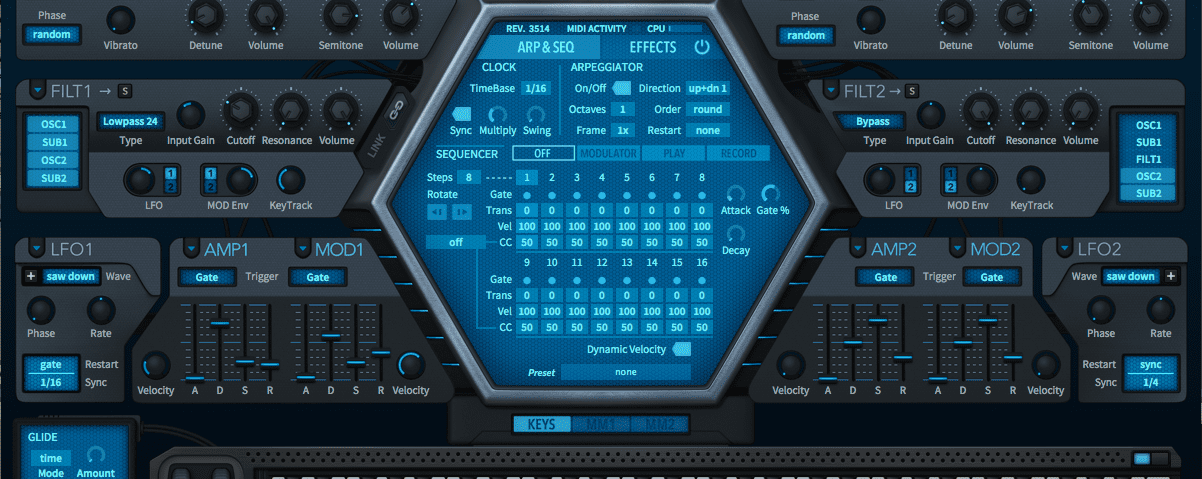

We’d also like to see the filter become more versatile, and the LFO and XY Capture given a unipolar mode and Tweak functionality. That one-mod-per-parameter limit is not great, and we don’t massively enjoy having to pop open a display every time we just want to tweak an LFO or envelope – surely the modulators could be integrated into the main interface without compromising their excellent visualisers.
#REDUCE REVERB IN U HE HIVE MOD#
We’d guess this hybrid monster synth was the inspiration for Concept’s mod visualisation.Ĭoncept has not made a flawless debut, though. This is a real issue for deep programming, and we can only hope it gets addressed in an update.Ī far more complex synth, but also features a recordable XY pad. There’s no limit to the number of parameters a modulator can be routed to, but – ouch! – each parameter can only receive one source input at a time, so you can hook an LFO or an envelope into the filter, say, but not both.

Modulation assignments are made by dragging target parameters onto sources (XY Capture offering separate ‘X’ and ‘Y’ axis fields), and assignments are maintained when the source module in a slot is changed.Įach source’s targets are listed in its panel, with modulation amount sliders and mute buttons for each and adjustable mod amount collars also appear around the controls in the front panel, providing an at-a-glance assignment overview. The Mod Wheel module simply points MIDI CC1 at its targets, with the input/output mapping shaped using an editable curve.
#REDUCE REVERB IN U HE HIVE MANUAL#
The speed of automatic playback is adjustable, and in manual mode, a slider (host-automatable but, disappointingly, not internally assignable as a modulation target) is used to fly backwards and forwards through the path as you see fit. The XY Capture module is an XY controller into which you can record a looping or one-shot movement path up to eight bars long (or as long as you like when not synced to host) for use as a bipolar modulation signal. Krotos Audio have developed a fine synth here, and there is a lot to love in Concept’s relaxed, intuitive GUI, solid ‘analogue’ sound and nifty modulation setup It’s powerful stuff, opening up a world of rhythmic and tonal control. The Smoothing control is used to reduce glitchiness with fast moving signals, and pitch modulation can be constrained to a specific frequency or note range. The Audio Input module is very ‘Krotos’, enabling the amplitude or pitch of an incoming audio signal on one of four sidechain inputs to be exploited as a modulation source. The LFO (bipolar only) and Envelope modules present no surprises, the former outputting the same six waves as the oscillators, and running at up to 30Hz unsynced, or 8/1 to 1/64 synced the latter an ADSR with the Attack, Decay and Release times maxing out at 20s each. The Master knob scales the randomisation globally, and it’s worth noting that randomisation is bipolar only. Like the modulators, Concept parameters are assigned to Tweak It by dragging their names into the panel, whereupon they’re added to the assignment list and given Depth sliders.Ĭlicking the button then randomises all assigned controls around their set values, within their Depth ranges. The smoothly animated central red, green, blue and purple displays are the visualisers for Concept’s four modulation sources, showing LFO waveforms, envelope shapes, etc, and expanding to reveal the controls for said devices when clicked.Įach source slot can be loaded with any one of five signal generating modules, and almost every parameter can be modulated, including those of the effects and the modulators themselves.Ĭlick the Tweak It button to randomise the listed parameters. It’s powerful stuff, opening up a world of rhythmic and tonal control Each oscillator outputs a user-adjustable mix of two waveforms (sine, triangle, saw up, saw down, square, noise), and FM Ratio and Depth knobs apply frequency modulation (FM) via a separate sine wave oscillator, for metallic tones, hard basses and the like.Īfter shaping with the ADSR amplitude envelope, the oscillators feed into a simple resonant ladder filter that only offers high- and low-pass modes, and 24dB/octave roll-off, but can be overdriven and variably mixed with the input signal.


 0 kommentar(er)
0 kommentar(er)
